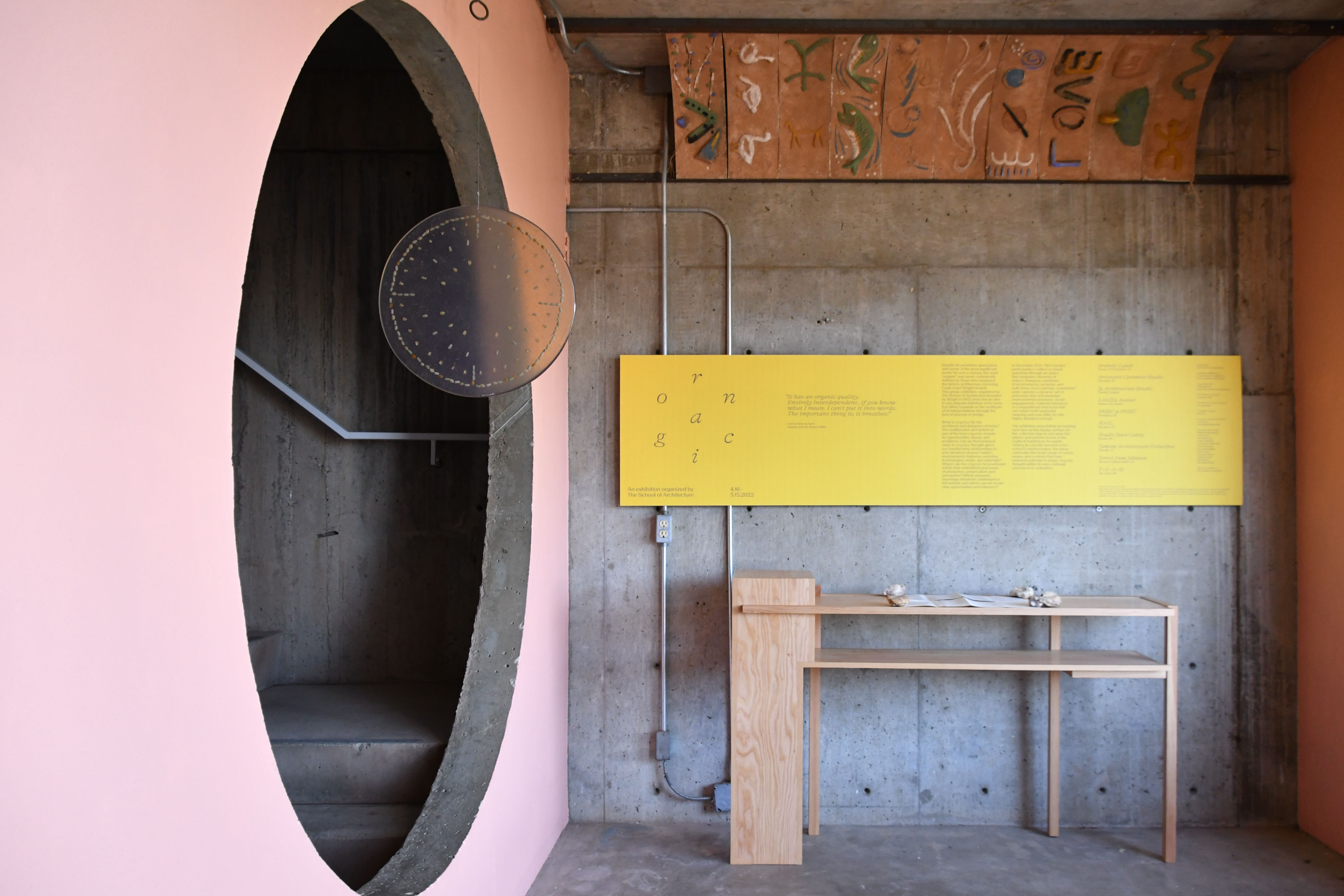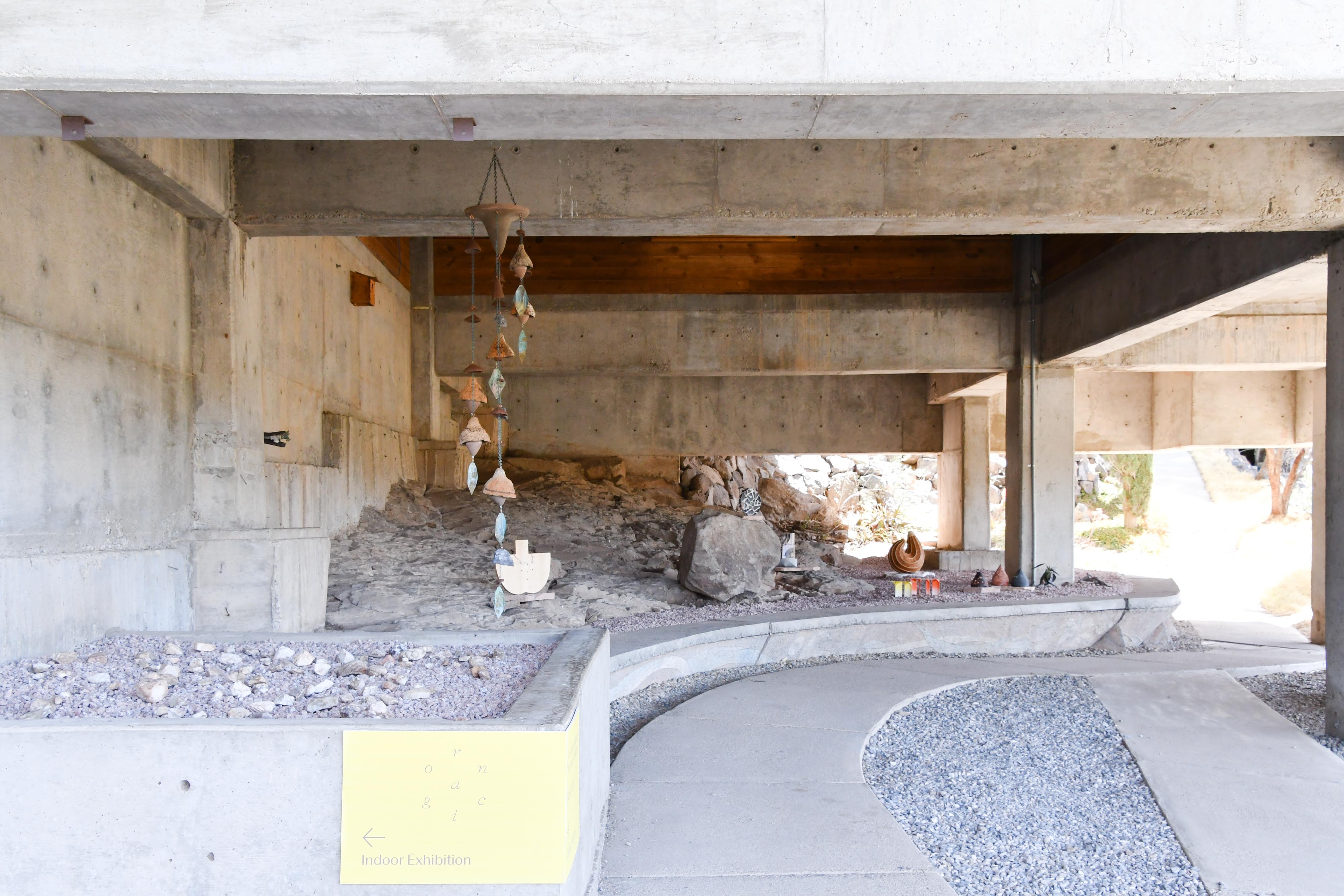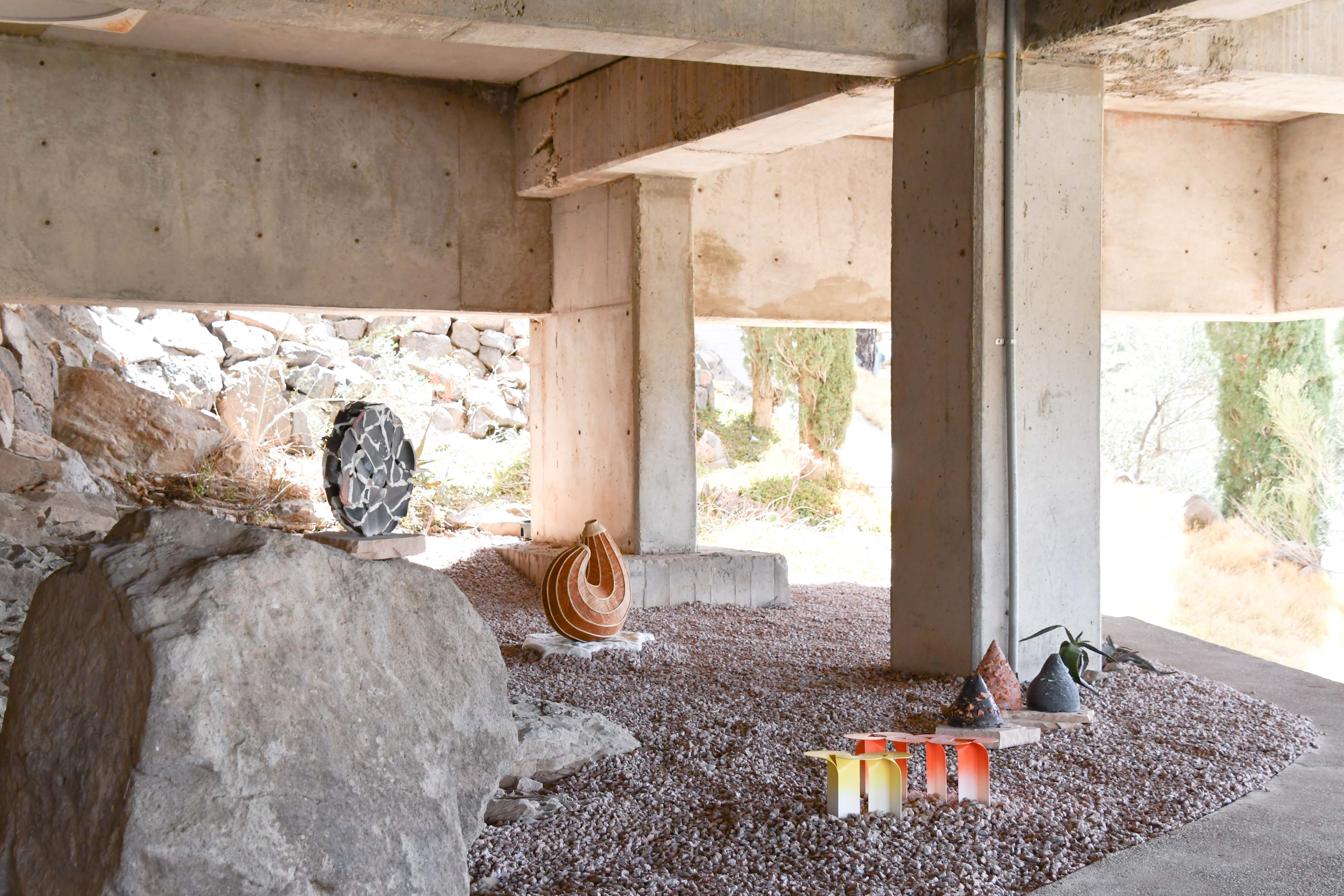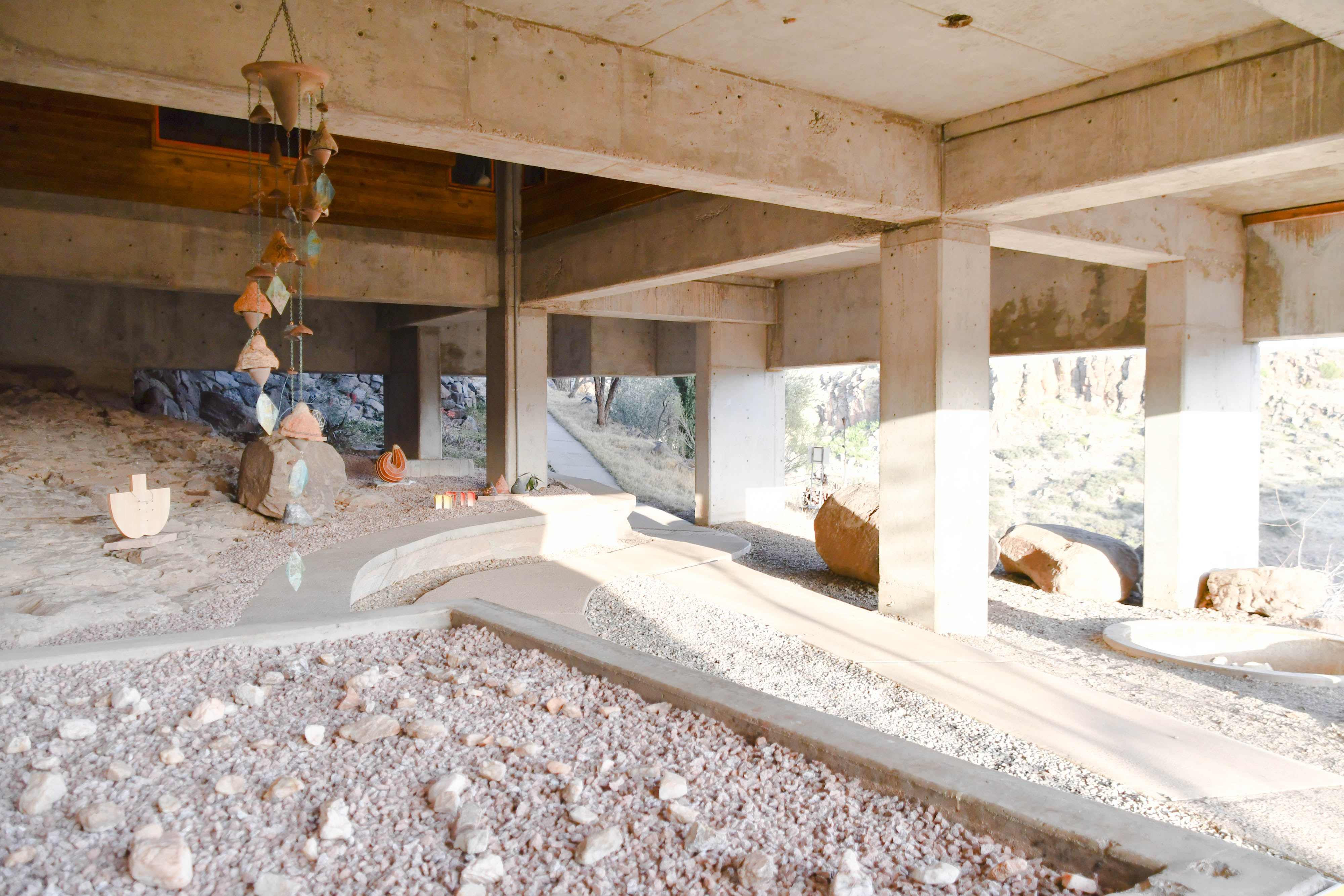



"It has an organic quality.
Entirely interdependent, if you know
what I mean. I can't put it into words.
The important thing is, it breathes!"
—Carrie Fisher as April,
Hannah and Her Sisters (1986)
What is organic for the architects and designers of today? The multifaceted and historical use of the term organic reveals its opportunities, issues, and problems. Can we find renewed value in organic thought given our transforming relationships to and narratives around “nature”, environments, histories, societies, technologies, styles, and materials? Where can the organic be positioned within their embedded processes of production, preservation, and perception? Which assumed meanings should be challenged or left behind, and where can we locate new opportunities and relevance?
In December 2021, TSOA invited participants to reflect on these questions through an object that integrates elements of today’s changing conditions: of environments, societies, and built forms. Each carefully-considered work captures a dynamic set of processes that acknowledge environmental pressures, social engagements, material behaviors, or compositional structures that can inform both expanded meaning and new utility for this highly-debated concept.
The exhibition areas follow an existing rock face as the display surface for the collected objects and span the interior and exterior rooms of the Crafts III building at Arcosanti. Arising at a pivotal moment in the school’s transformation, the show celebrates the broad range of voices, issues, and contexts that have renewed potential to shape organic thought within its own continual process of re-evaluation.
Exhibition Design and Table
Regionally-sourced pink sandstone pedestals and Yavapai Coral ground cover subtly complement the existing rock formations captured by Arcosanti’s Crafts III building, marking the fluid boundaries of the exhibition. Inside, Table as Compositional Object (2022) by S. Lloyd Natof—a great-grandson of Frank Lloyd Wright—exhibits a refreshed approach to compositional design principles learned from Wright’s furniture, paired with a 19th-century definition of organic as integration (form, structure and ornament as one).
Aranda/Lasch
Tucson, AZ & Brooklyn, NYArcosanti Ceramics Studio
Arcosanti, AZJa Architecture Studio
Toronto, CanadaLANZA Atelier
Mexico City, MexicoPRŠIĆ & PRŠIĆ
Providence, RISO-IL
Brooklyn, NYStudio Sean Canty
Boston, MATawaw Architecture Collective
Phoenix, AZTerrol Dew Johnson
Tohono O’odham Nation, AZT+E+A+M
Ann Arbor, MIOrganic
at The School of Architecture
A partner exhibition to WASH Issue 5,
edited by TSOA students and faculty
Organized by
Stephanie Lin
Dean, The School of Architecture
Exhibition Design
Present Forms
Exhibition Table Design
S. Lloyd Natof
Graphic Design
Eric Lee
Design and Fabrication Assistant
Christopher Dela Pole
Installation Team
Shelby Hamet (lead), Daniel Ayat, Terrell Bascus, Chris Cabarcas, Christopher Dela Pole, Tristan Durham, Elise Dusenshine, Nora Fagan, Jeremy Gusset, Archie Kinney, Will Palmer, Sebastian Paoni
Special thanks to
The Cosanti Foundation
at The School of Architecture
A partner exhibition to WASH Issue 5,
edited by TSOA students and faculty
Organized by
Stephanie Lin
Dean, The School of Architecture
Exhibition Design
Present Forms
Exhibition Table Design
S. Lloyd Natof
Graphic Design
Eric Lee
Design and Fabrication Assistant
Christopher Dela Pole
Installation Team
Shelby Hamet (lead), Daniel Ayat, Terrell Bascus, Chris Cabarcas, Christopher Dela Pole, Tristan Durham, Elise Dusenshine, Nora Fagan, Jeremy Gusset, Archie Kinney, Will Palmer, Sebastian Paoni
Special thanks to
The Cosanti Foundation

